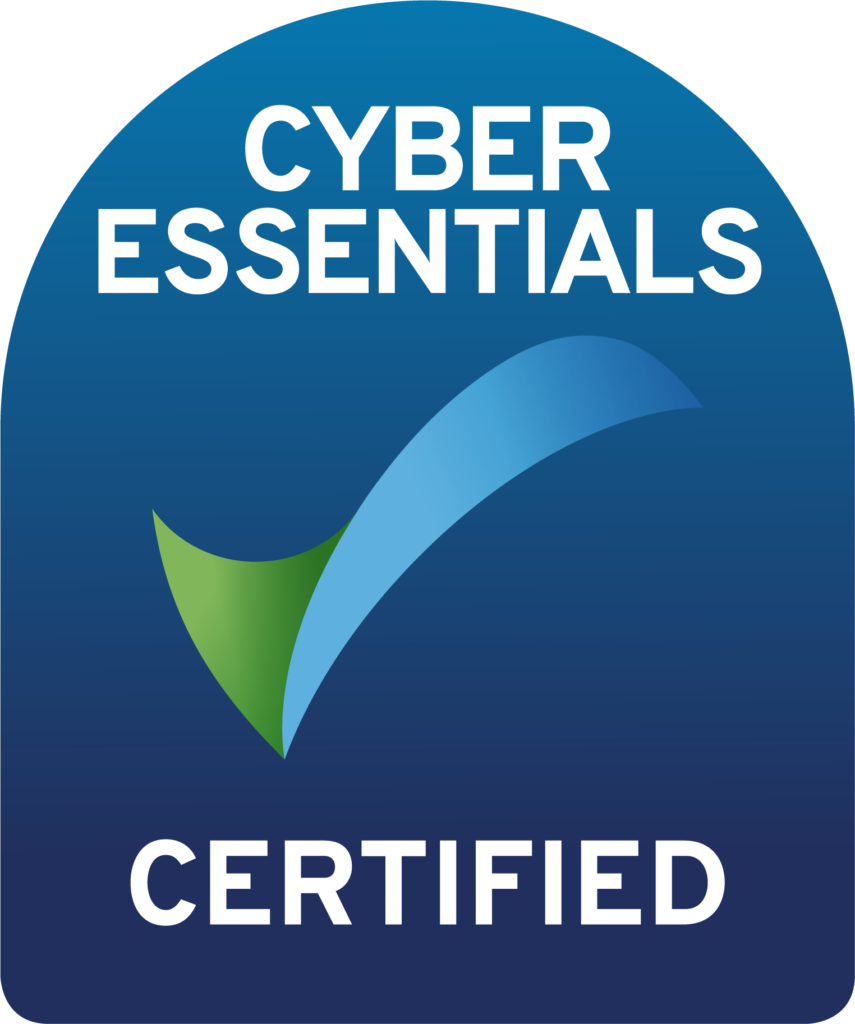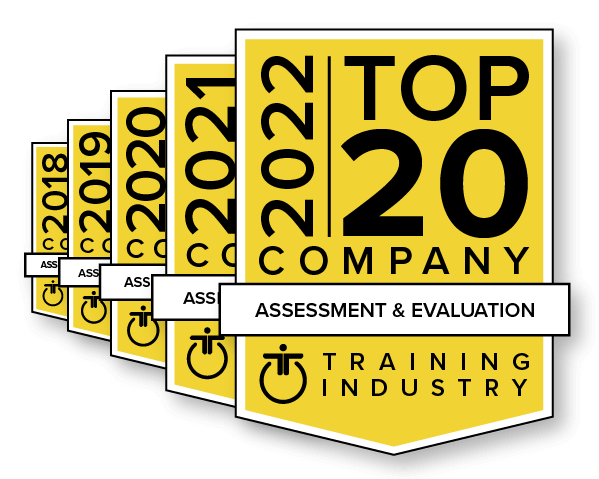Meaningful performance reviews are one of the best ways to show employees that you care about their growth and to develop talent within the organization. They’re critical to the well-being of not just the individual, but the organization because they lead to higher attraction and retention.

Leaders need to move away from thinking that performance reviews are an annual conversation to assess performance and relate it to reward and recognition.
The most meaningful performance reviews are opportunities to spend time with individuals, talking about how you can support them in their current role and future aspirations—and they should be entirely separate from pay conversations.
It’s easy to assume that just because you work closely with someone, that you don’t need to sit down with them on a regular basis. But in reality, the formal performance review is a crucial opportunity to focus on them.
The most meaningful performance reviews comprise five elements:
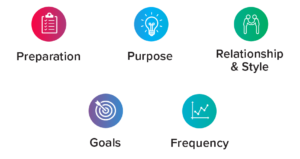
Here are our best tips to help you conduct better performance reviews this winter and going forward.
1. Preparation
Many employees fear performance reviews, but managers often feel apprehensive about them too—often because they haven’t adequately prepared.
They come into the conversation without gathering sufficient data, they’ve put off addressing issues for the last 12 months and need to tackle them all at once, or they barely have a relationship with the employee being reviewed.
If the above concerns sound familiar, this upcoming season of performance reviews is your chance to reframe them for the future.
Building in regular touchpoints with the employee will remove a lot of these concerns because you’ll have a chance to give them regular feedback. More on this in the “Frequency” section, but when you chat with the employee on a regular basis, you can keep simple notes about what has gone well and what hasn’t over time. When it’s time for a performance review, you won’t have to rely on memory to recall events that happened months ago.
Allow yourself time to prepare for a review by:
- Scheduling it in advance
- Asking the employee what they hope to achieve from the meeting
- Summarising the data from your weekly notes if you’ve been taking them
- Seeking feedback on the employee from other key stakeholders
- Planning the agenda and key content
- Considering the style you will use
- Considering the quality of relationship with the individual and how you can start the conversation from a place of openness and mutual trust (more on the last two bullets in the “Relationships and style” section)
A note on follow-up
Preparation for the next performance review starts in the current one. Capture notes and action items at the end of the meeting and agree on what you’ll review next time—before the employee leaves the room. Make sure to check understanding from both sides.
Then, schedule time in your calendar to follow through on what you said you would do, whether that’s to check in with them in two weeks or to help them enroll in an upskilling program. In the next review, the first agenda item should be asking the employee whether you kept your side of the bargain.
2. Purpose
For a performance review to be successful, it needs a clear purpose.
The most universal purpose is helping people develop and grow, within or outside the organization.
Make sure you communicate this purpose in a way that resonates for each employee, based on their individual motivation. If the employee understands the value of the conversation and sees it as a positive opportunity for growth, they’ll be more likely to be open and transparent.
That doesn’t mean performance reviews will be devoid of accountability or difficult conversations. But managers should be having those conversations in the moment so that anything that comes up in the review is just that: a review.
Most of the time should be spent asking thoughtful, open-ended and challenging questions and letting the employee talk. This is the one work meeting that’s all about the individual, and everyone needs that, no matter where they fall on the performance spectrum. Discuss what’s important to them, where they’re struggling, what they’re aspiring to, how they want to develop, etc.
You’ll reflect on the past three to four months together, but more importantly, look to the future and discuss how you can support them going forward.
The employee should leave the room energized and motivated by knowing:
- The way forward in their role and their development
- How their role fits into the team and organizational goals
- How you and others can support them
- Why and how you value them and where they have excelled
- Their areas needing improvement
- That you care about them, want to know them, and support them
- That you care enough to sometimes give difficult feedback
3. Relationship and style
Each employee is a unique individual, and they need to trust that their performance review is about them and their best interests. Equally, you need to trust them.
Building this kind of trust may require addressing past negative experiences with performance reviews. If this style of review is new to both of you, start by making the purpose clear (see the “Purpose” section above). Tell them you’re switching to a more collaborative way of working together and ask what they want from you as a manager. When they enter the room, remove any clutter or paperwork from your desk, turn off your phone and monitor.
To build a relationship and emphasize that this conversation is about them and for them, tailor your delivery style, including the words you use, your tone of voice, and your body language, to their motivations and values. To learn how you can find out about each person’s unique strengths, motivations, and values, click here.
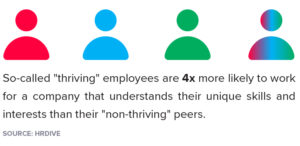
For example, if you’re giving praise, phrase it in a way that will resonate with them, not in the way it resonates most to you. Tell them why you value the thing you’re praising in a way that connects with their motivations and give evidence. One of the worst things that can happen is if they think, “You don’t know what you’re talking about,” because then your feedback has no validity.
If you’re giving developmental feedback, focus on the behavior you’ve seen and the impact it has had, backing up your observations with data. Assure them that you know their intent was positive, but that they’re overdoing some of their strengths.
Regarding the structure of the conversation, it should be a two-sided dialogue. Even though you have an agenda, be curious and allow them to guide the conversation based on what’s important to them.
The performance review isn’t just a conversation just about what the individual can do differently; it’s about how they want you to help them in their role. The topic of how you and others can support them (see the “Purpose” section above) is a key part of the conversation and shows you’re committed to understanding what the employee needs from you—and how you will be held accountable to meeting those needs.
A note on questions
Some people are energized when you ask questions, and some feel inspected. Adjust the way you conduct the conversation based on this knowledge and give them permission to say if the style isn’t working for them.
When you do ask questions, ask with the intention to help them reflect and grow, not to catch them out.
4. Goals
The first conversation in a performance review should be about goal-setting, aligning with the employee on goals tied to the individual, the team, and the organization. Performance Reviews will only work if you’re both talking about the same objective from the same perspective.
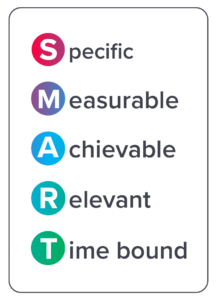
Goals should follow the S.M.A.R.T. formula developed by Peter Drucker, but you can think broadly about what “measurable” means. Just as it’s important to be accountable for goals tied to quantifiable KPIs such as time or cost, it’s also important to be accountable for behaviors that are tied to organizational values such as collaboration, inclusion, and psychological safety.
The employee’s motivation also comes into play here. What’s measurable to someone motivated by process will be very different from what’s measurable to someone motivated by people.
When discussing role objectives, make sure you and the employee have a clear understanding of:
- Individual goals
- How individual goals are tied to team goals
- How team goals are tied to organizational goals
- Behaviors required to deliver the objectives
- Metrics that will measure the above
- Developmental goals
- What’s required from you to support them in achieving their goals
5. Frequency
Work moves at a fast pace, and weeks and months can fly by between check-ins with your employees. If this has been the case in the past, now is a great time to course-correct.
Book the next several reviews in the calendar, for approximately two hours each, at three- to four-month intervals. 30 minutes isn’t long enough to have a meaningful conversation. Then, show the employee you care about them by treating this meeting like an immovable commitment.
Between reviews, though, you must pause for conversations on a daily or weekly basis with each employee to recognize what they did well and talk about what they can do differently. The performance review will build off of these conversations.

Take time to consider:
- Are you giving enough attention to all individuals—especially remote employees?
- Do you know more about those you work closely with versus those you don’t see very often?
- How can you get to know everyone well so you can equally support them and identify their development areas?
Core Strengths can help you conduct better performance reviews.
To tailor your feedback to each employee, you need to understand their individual motivations. Learn more about the SDI 2.0 assessment and how it can help you understand your management style and build better relationships with all employees.



